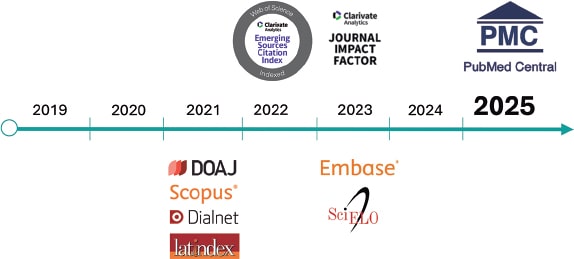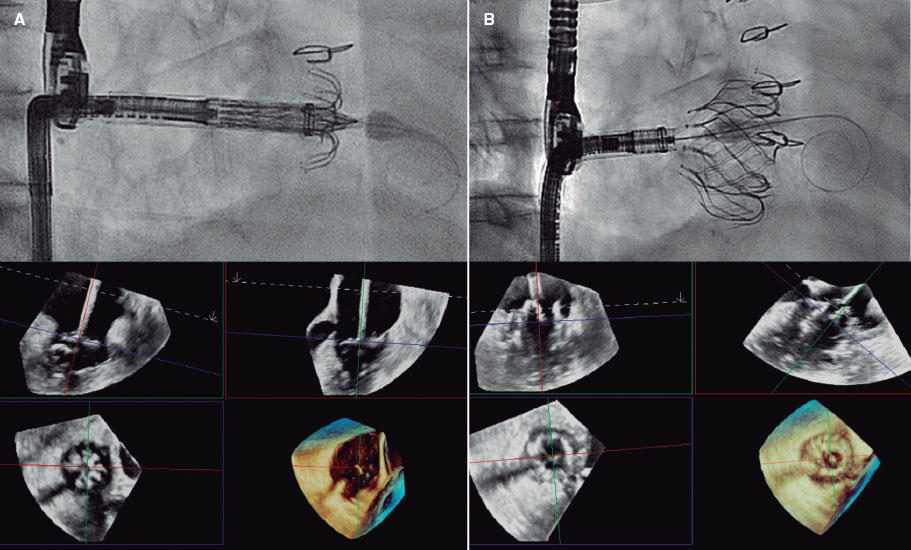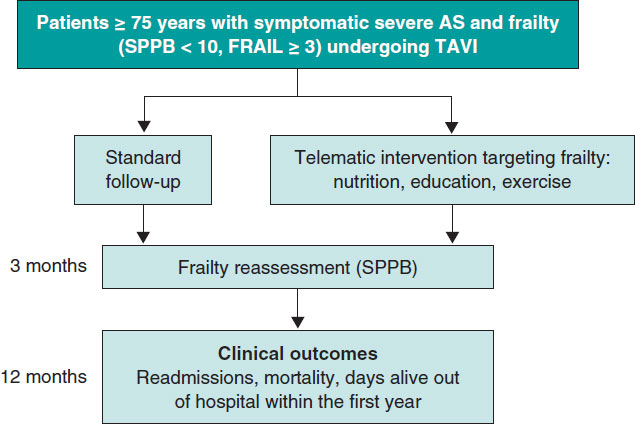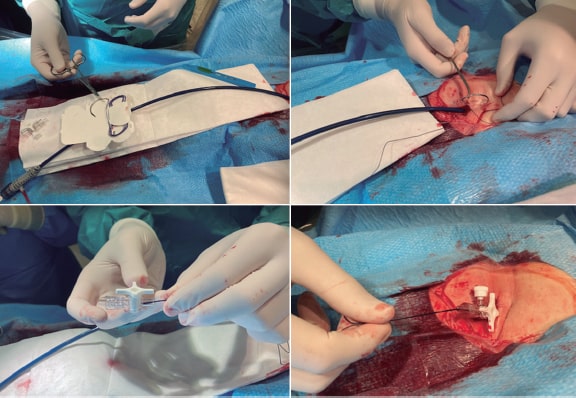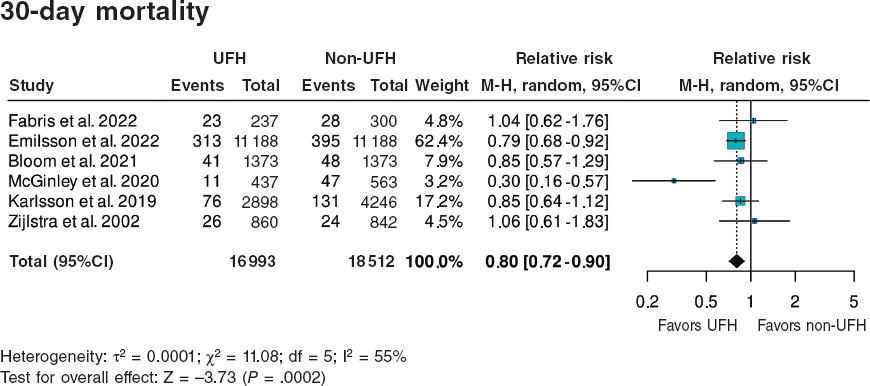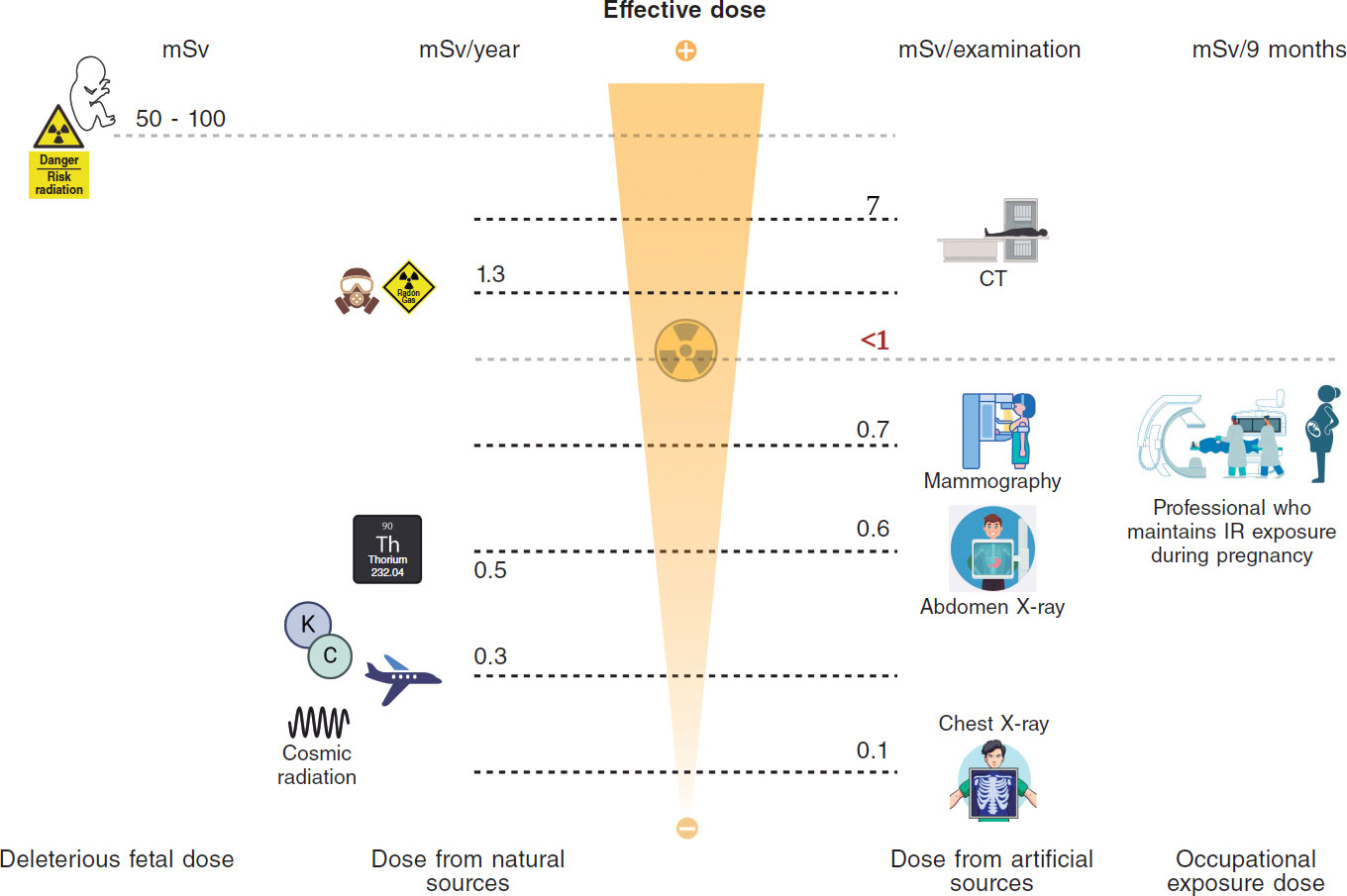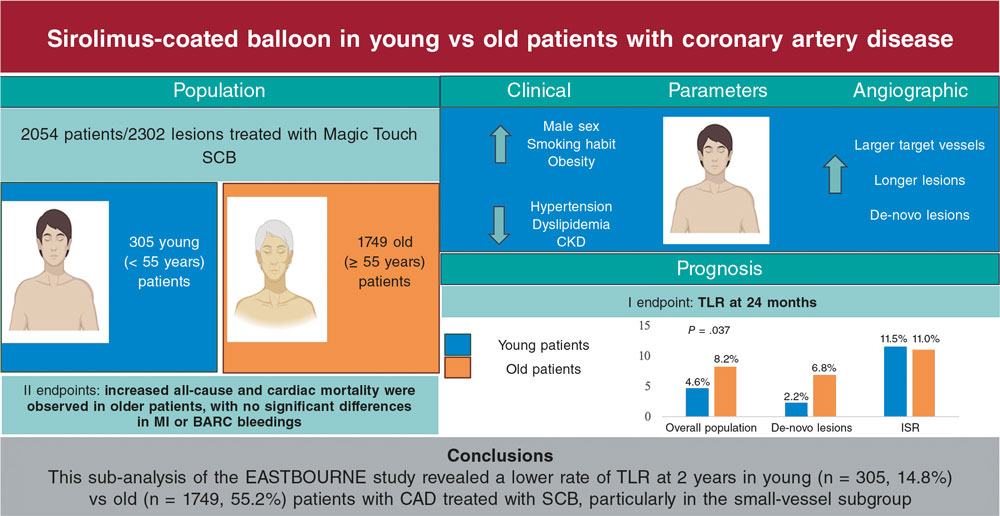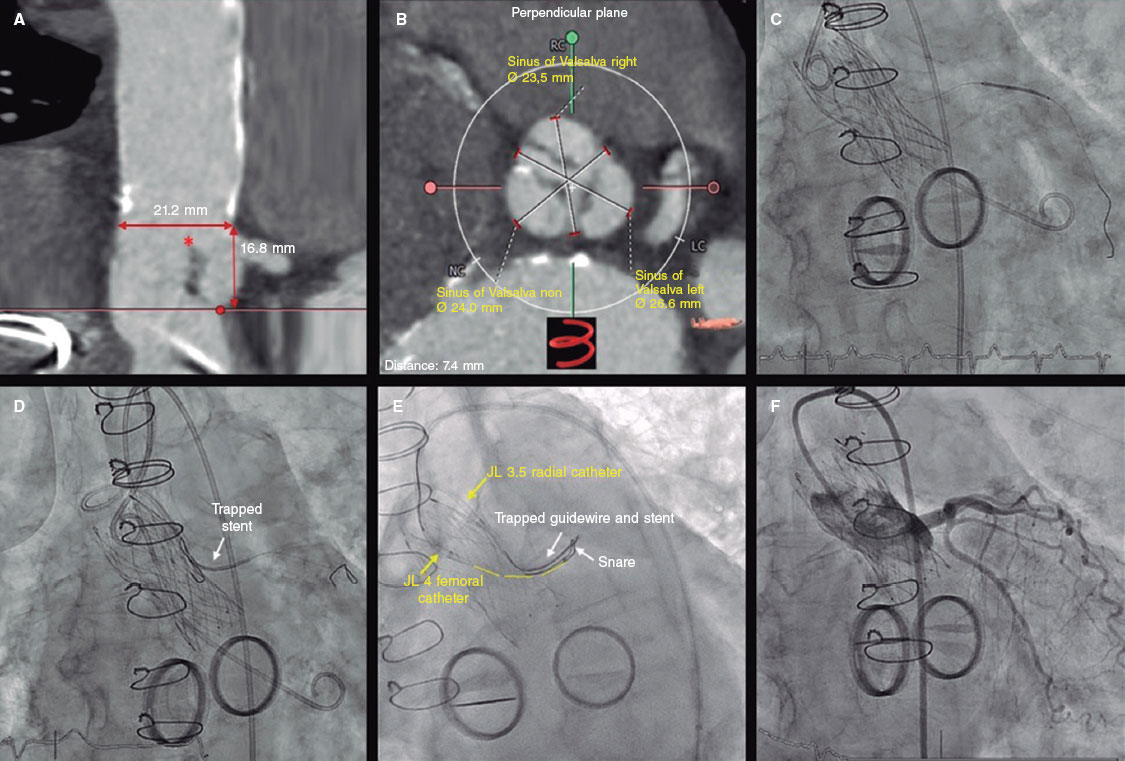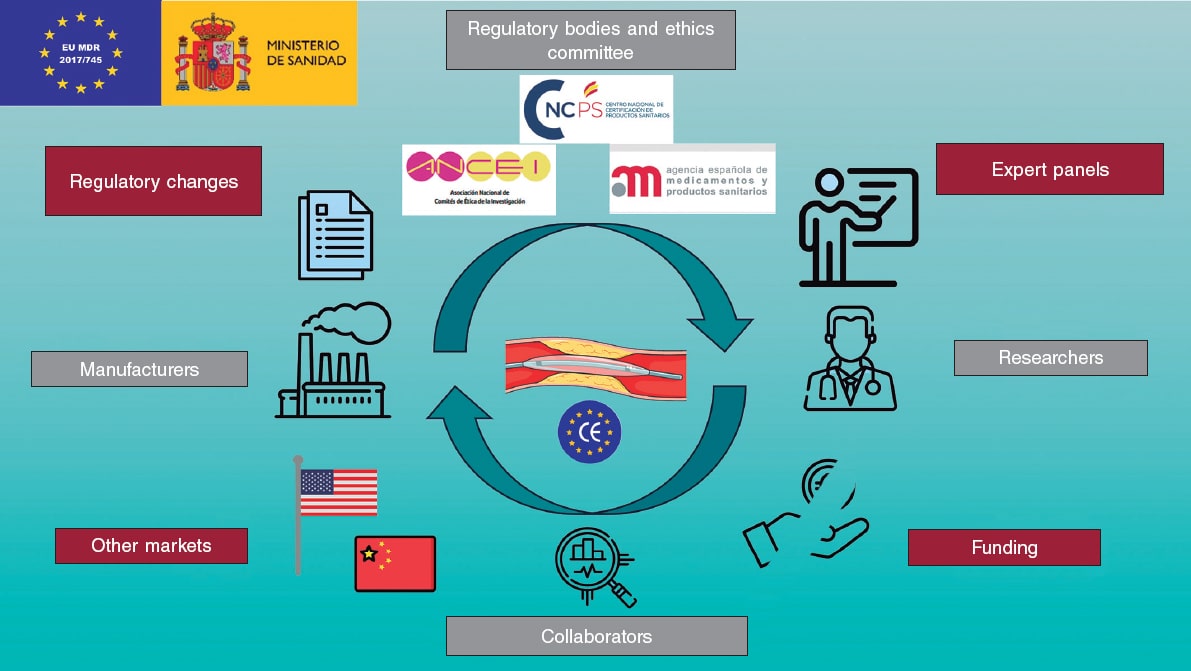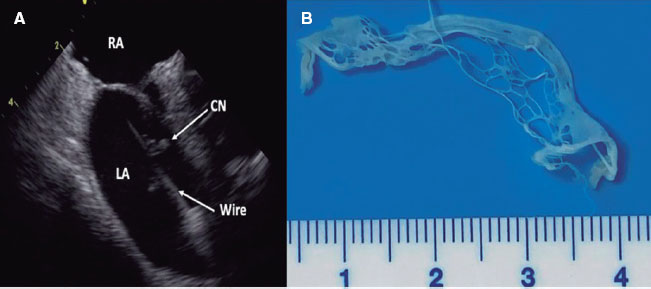QUESTION: We would like to know your interpretation of the PREVENT trial.1 Do you think it could change clinical practice regarding the treatment of vulnerable plaques?
ANSWER: The PREVENT is the first clinical trial ever conducted with statistical power to detect clinical differences in preventive treatment with stent implantation in functionally non-significant vulnerable plaques (fractional flow reserve [FFR] > 0.80, obtained via intracoronary pressure wire).1 This trial included patients with vulnerable plaques diagnosed using various intracoronary imaging modalities, who were randomized to receive stent implantation or optimal medical therapy. Approximately 2000 out of the 5500 lesions evaluated in the study were functionally significant (FFR ≤ 0.80), while 1600 (45%) out the remaining functionally non-significant 3500 lesions had vulnerable plaque criteria and were included in the study. The primary endpoint at the 2-year follow-up—a composite of cardiac death, target vessel myocardial infarction, target vessel revascularization, or hospitalization for unstable angina—was observed in 0.4% of the intervention group and 3.4% of the control group (a statistically significant difference). Despite this favorable result, the PREVENT trial has important limitations that raise questions on the implementation of this practice in everyday life.
First, more than 80% of the patients from the PREVENT trial were included with a chronic coronary syndrome (CCS). If we admit that the reason behind preventive treatment with stent implantation in vulnerable plaques is to prevent the rupture of the plaque and, therefore, reduce the risk of an acute coronary syndrome (ACS), then a population with low risk of ischemic events has been included at the follow-up. The CLARIFY registry2 helps us to put into context the residual risk of a properly treated coronary patient. In this registry with 32,000 patients, the risk of non-fatal myocardial infarction or cardiac death for those with CCS who had never experienced an ACS was 6.4% (9.1% at the 5-year follow-up for those with a history of myocardial infarction, which is a statistically significant difference).
Second, in the PREVENT trial, a total of 3 different intracoronary imaging modalities were used for the diagnosis of vulnerable plaques, any of them at the discretion of the operator performing the test based on their experience: intravascular ultrasound (IVUS), near-infrared spectroscopy (NIRS), or optical coherence tomography (OCT). Furthermore, different criteria for vulnerable plaques were marked depending on the imaging modality used, which very likely included multiple anatomical types of plaques. In general, almost 60% of all vulnerable plaques included were defined with IVUS by a minimum luminal area < 4 mm2 and a plaque burden > 70%, with no mention of plaque composition. We know that most lesions causing ACS are fibro-lipid plaques with rupture of the (thin) fibrous cap covering their necrotic core.3 Fibrous plaques, thick-capped fibro-lipid plaques, or fibrocalcific plaques do not usually trigger ACS and are more associated with CCS. Probably, in the PREVENT trial, preventive stent implantation was overused for many plaques that did not meet these vulnerable plaque requirements after the use of an inappropriate intravascular imaging modality and choosing vulnerable plaque criteria that do not correspond to the types of plaques that can cause ACS.
Finally, in the PREVENT trial, all clinical benefit observed in favor of the mechanical treatment of vulnerable plaques derived from a reduction in the number of revascularizations and hospitalizations for unstable angina, without any significant differences being reported in the risk of non-fatal myocardial infarction or cardiac death, even at the 7-year follow-up. In the FAME 1 trial,4 which included patients with CCS and multivessel coronary artery disease, we learned that FFR-guided coronary revascularization reduces the number of lesions to be treated by around 40%, and that the optimal medical therapy—without stent—of these functionally non-significant lesions has similar efficacy to the revascularization of all angiography-guided only lesions in addition to being safe and cost-effective at the 5-year follow-up. Going back to the PREVENT trial, the preventive and elective revascularization of 45% of functionally non-significant lesions (FFR > 0.80) with criteria of vulnerable plaque to prevent only 3% of clinically driven target lesion revascularizations at the 7-year follow-up does not seem to offer a great clinical benefit and raises questions about cost-effectiveness. To change clinical practice, results with reductions in non-fatal myocardial infarction and cardiac death at the follow-up are needed.
Q.: Very briefly, what is the current state of evidence on the mechanical treatment of coronary plaques that do not compromise flow but show characteristics of vulnerability?
A.: Scientific evidence on preventive stent implantation in functionally non-significant coronary plaques with characteristics of vulnerable plaque is scarce. Post-hoc studies with patients assessed with OCT before stent implantation and at the follow-up show that stent implantation on thin fibrous cap fibroatheroma plaques—also known as vulnerable plaques—induces scarring of the neointima surrounding the struts, thickening of the fibrous cap, and potentially reduces the risk of plaque rupture.5
To date, only 2 prospective, randomized trials have investigated the utility of stenting on vulnerable plaques: the PROSPECT-ABSORB6 and PREVENT1 clinical trials. These 2 trials found significant differences in favor of mechanical intervention. However, as already mentioned, these trials have important limitations regarding the number of patients included (< 2000 combined), the intracoronary imaging modality used to define vulnerable plaque (mainly IVUS), and the endpoints that are not adequate to assess efficacy (clinical benefit obtained by reducing the need for revascularization, not the rate of non-fatal myocardial infarction or cardiac death).
A pilot study on the use of drug-coated balloons for treating vulnerable plaques—the DEBuT-LRP7 trial7—is also worth mentioning. This trial included a total of 18 patients who were assessed with NIRS during the index procedure and at the 9-month follow-up, and whose results showed that the amount of lipid decreased without affecting lumen size. However, much more evidence will be needed before recommending this treatment for vulnerable plaques.
Q.: In your opinion, in current clinical practice, which patients would be eligible for this strategy, if any?
A.: There is no clear answer to this question. What we do know is that atherosclerosis is a progressive disease. Patients with a past medical history of coronary artery disease who do not receive lipid-lowering therapy or receive non-intensive lipid-lowering therapy show plaque progression of, approximately, 1% every 2 years.8,9 It is estimated that only 65% of the patients on intensive lipid-lowering therapy capable of reducing low-density lipoprotein (LDL) cholesterol to < 70 mg/dL manage to stop the rate of lipid accumulation and even reduce the percent atheroma volume in serial IVUS assessments.8,10 Of note that more marked reductions in LDL cholesterol are associated with changes in the plaque composition and thickening of the fibrous cap of vulnerable plaques in serial OCT assessments.11 For these reasons, the latest clinical practice guidelines recommend reducing LDL cholesterol levels to < 55 mg/dL in patients with a history of clinical signs of atherosclerotic disease and < 40 mg/dL in patients with recurrent clinical events.12
However, in our setting, the percentage of patients who reach guideline-recommended levels is only around 30% (even lower in very high-risk patients).13 Therefore, although prioritizing the implementation of guideline-recommended intensive lipid-lowering therapies in the real world according to clinical practice is essential, we must acknowledge that, in many patients, these therapies will prove insufficient, especially in those with ACS.
In my opinion, patients with ACS are the best population for considering this strategy of mechanical stabilization of vulnerable plaques. ACS patients due to a ruptured plaque have an aggressive type of atherosclerosis with a massive plaque burden and more vulnerable plaques than patients with CCS,3 which makes them ideal candidates for the “hunt” of vulnerable plaques using intravascular imaging modalities of the infarct-related culprit artery and the rest of the vessels.
Q.: Briefly explain the VULNERABLE trial, which you lead along with Enrique Gutiérrez Ibañes and its current status.
A.: The Spanish Society of Cardiology Working Group on Intracoronary Diagnostic Techniques has promoted the conduct of the randomized, controlled, and single-blind VULNERABLE trial14 with more than 40 Spanish centers. This trial aims to evaluate around 2000 patients with ST-elevation myocardial infarction and angiographically intermediate non-culprit lesions (percent diameter stenosis of 40% up to 69%). All amenable lesions will be interrogated with a pressure wire, and those with FFR ≤ 0.80 will be stented and considered selection failures. The rest of the lesions (FFR > 0.80) will be investigated by OCT looking for characteristics of vulnerability. Although the lesions that do not meet characteristics of vulnerability will be managed medically, they will receive periodic follow-ups to assess adverse events (within the so-called VULNERABLE Registry). Finally, the study intends to include a total of 600 lesions with negative FFR but with characteristics of vulnerability according to the OCT, which will be randomized on a 1:1 ratio to stent implantation or optimal medical therapy (within the VULNERABLE trial). There is a 4-year planned follow-up for the patients of the registry and trial. The VULNERABLE is the first trial ever conducted with statistical power to assess the clinical benefit of preventive stent implantation on non-culprit lesions with characteristics of vulnerability according to the OCT, which in our opinion is the best intracoronary imaging modality to diagnose these types of plaques.
FUNDING
None declared.
DECLARATION ON THE USE OF ARTIFICIAL INTELLIGENCE
No artificial intelligence has been used.
CONFLICTS OF INTEREST
None declared.
REFERENCES
1. Park SJ, Ahn JM, Kang DY, et al. Preventive percutaneous coronary intervention versus optimal medical therapy alone for the treatment of vulnerable atherosclerotic coronary plaques (PREVENT):a multicentre, open-label, randomised controlled trial. Lancet. 2024;403:1753-1765.
2. Sorbets E, Fox KM, Elbez Y, et al. Long-term outcomes of chronic coronary syndrome worldwide:insights from the international CLARIFY registry. Eur Heart J. 2020;41:347-356.
3. Bentzon JF, Otsuka F, Virmani R, Falk E. Mechanisms of plaque formation and rupture. Circ Res. 2014;114:1852-1866.
4. Siebert U, Arvandi M, Gothe RM, et al. Improving the quality of percutaneous revascularisation in patients with multivessel disease in Australia:cost-effectiveness, public health implications, and budget impact of FFR-guided PCI. Heart Lung Circ. 2014;23:527-533.
5. Bourantas CV, Serruys PW, Nakatani S, et al. Bioresorbable vascular scaffold treatment induces the formation of neointimal cap that seals the underlying plaque without compromising the luminal dimensions:a concept based on serial optical coherence tomography data. EuroIntervention. 2015;11:746-756.
6. Stone GW, Maehara A, Ali ZA, et al. Percutaneous Coronary Intervention for Vulnerable Coronary Atherosclerotic Plaque. J Am Coll Cardiol. 2020;76:2289-2301.
7. van Veelen A, Kucuk IT, Garcia-Garcia HM, et al. Paclitaxel-coated balloons for vulnerable lipid-rich plaques. EuroIntervention. 2024;20:e826-e830.
8. Puri R, Nicholls SJ, Shao M, et al. Impact of statins on serial coronary calcification during atheroma progression and regression. J Am Coll Cardiol. 2015;65:1273-1282.
9. Mendieta G, Pocock S, Mass V, et al. Determinants of Progression and Regression of Subclinical Atherosclerosis Over 6 Years. J Am Coll Cardiol. 2023;82:2069-2083.
10. Nicholls SJ, Ballantyne CM, Barter PJ, et al. Effect of two intensive statin regimens on progression of coronary disease. N Engl J Med. 2011;365:2078-2087.
11. Raber L, Ueki Y, Otsuka T, et al. Effect of Alirocumab Added to High-Intensity Statin Therapy on Coronary Atherosclerosis in Patients With Acute Myocardial Infarction:The PACMAN-AMI Randomized Clinical Trial. JAMA. 2022;327:1771-1781.
12. Visseren FLJ, Mach F, Smulders YM, et al. 2021 ESC Guidelines on cardiovascular disease prevention in clinical practice. Eur Heart J. 2021;42:3227-3337.
13. Cosin-Sales J, Campuzano Ruiz R, Diaz Diaz JL, et al. Impact of physician's perception about LDL cholesterol control in clinical practice when treating patients in Spain. Atherosclerosis. 2023;375:38-44.
14. Gómez-Lara J, López-Palop R, Rúmiz E, et al. Treatment of functionally nonsignificant vulnerable plaques in multivessel STEMI:design of the VULNERABLE trial. REC Interv Cardiol. 2024. https://doi.org/10.24875/RECICE.M24000468.



